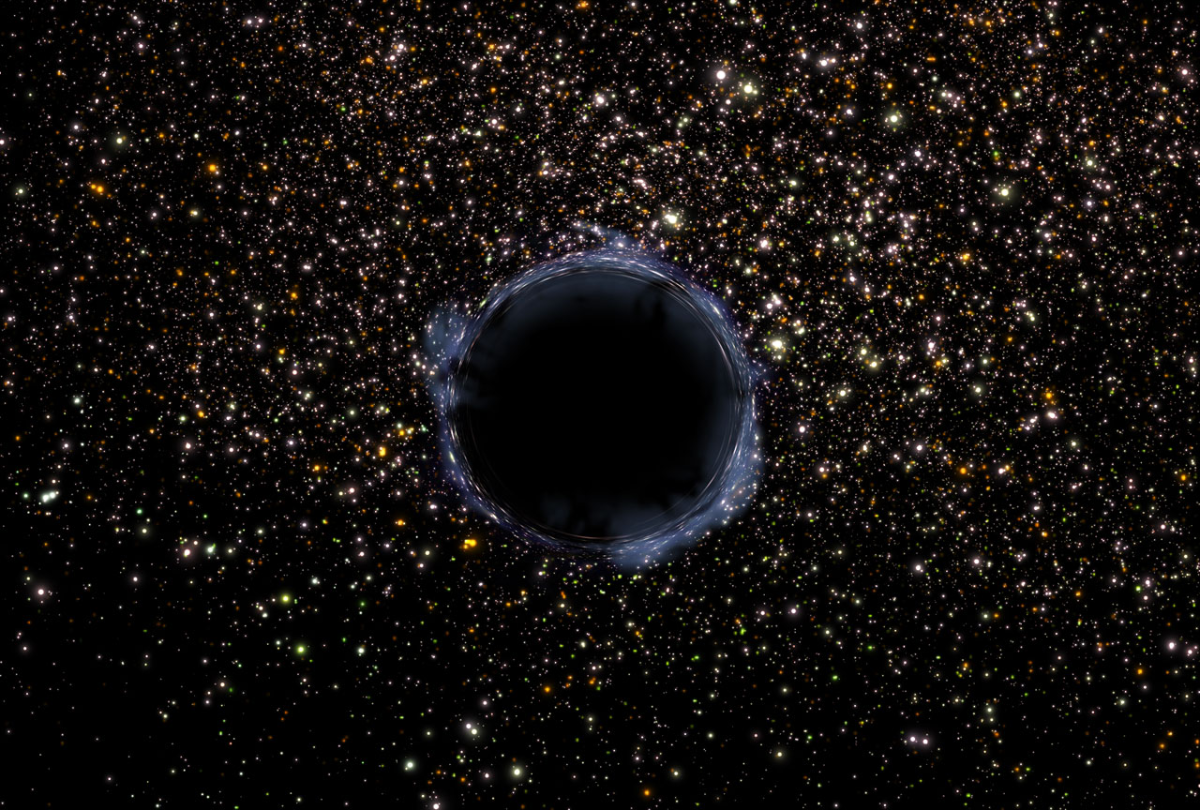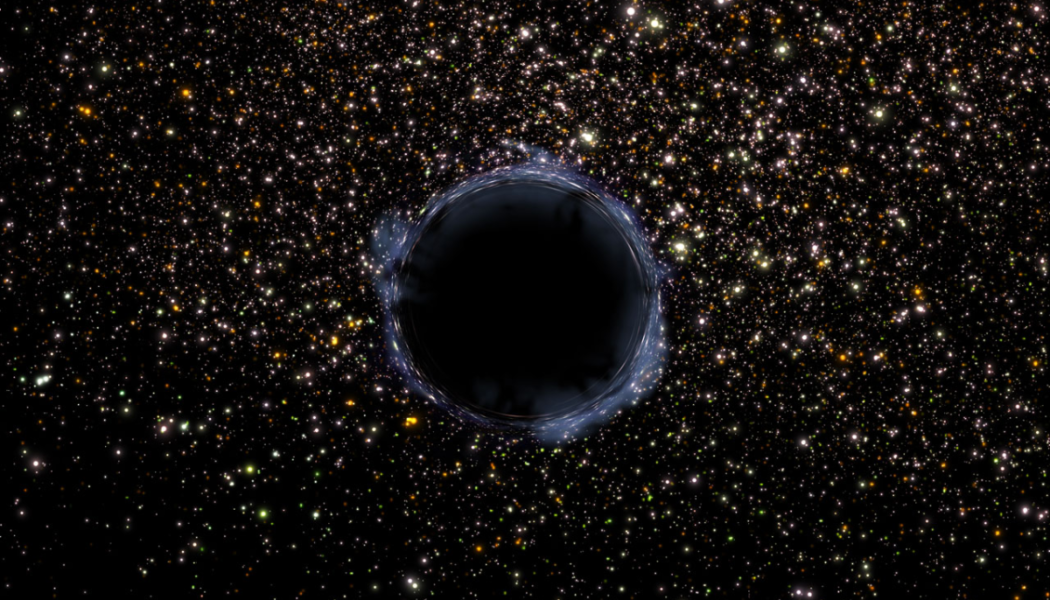
Despite appearances, there’s seemingly more to an intergalactic black hole than meets the eye.
In fact, while most space objects and travelers are seen but never heard, black holes are proving to be an anomaly. Perhaps unsurprisingly, the sound a black hole produces is unsettling to say the least.
NASA took to Twitter to share that there’s some common misconceptions around the idea of sound’s lack of existence in space. The agency noted that generally speaking, there’s no means by which sound waves can travel as most of space exists as a vacuum.
However, despite looking like an empty void, black holes are actually quite the opposite. In actuality, a black hole is composed of densely compacted space matter, so much so that there’s enough gas present for those sounds to be picked up.
Scroll to Continue
Recommended Articles
NASA was able to amplify the sounds and publish the recording, which sounds like a chaotic mix of stretching sound waves and ghoulish vocal-like swoons emitting from the void. Listen to the sound waves, discovered in data from NASA’s Chandra X-ray Observator and dubbed “Black Hole Remix,” below.
“In this new sonification of Perseus, the sound waves astronomers previously identified were extracted and made audible for the first time. The sound waves were extracted in radial directions, that is, outwards from the center,” NASA said in a press release. “The signals were then resynthesized into the range of human hearing by scaling them upward by 57 and 58 octaves above their true pitch. Another way to put this is that they are being heard 144 quadrillion and 288 quadrillion times higher than their original frequency. (A quadrillion is 1,000,000,000,000,000.) The radar-like scan around the image allows you to hear waves emitted in different directions. In the visual image of these data, blue and purple both show X-ray data captured by Chandra.”
Intriguingly, NASA’s recording follows in similar sonic footsteps to those of Belgian mathematician Valery Vermeulen, who recorded the sound of a black hole by way of capturing and transforming the electromagnetic waves emitted by the object.
 [flexi-common-toolbar] [flexi-form class=”flexi_form_style” title=”Submit to Flexi” name=”my_form” ajax=”true”][flexi-form-tag type=”post_title” class=”fl-input” title=”Title” value=”” required=”true”][flexi-form-tag type=”category” title=”Select category”][flexi-form-tag type=”tag” title=”Insert tag”][flexi-form-tag type=”article” class=”fl-textarea” title=”Description” ][flexi-form-tag type=”file” title=”Select file” required=”true”][flexi-form-tag type=”submit” name=”submit” value=”Submit Now”] [/flexi-form]
[flexi-common-toolbar] [flexi-form class=”flexi_form_style” title=”Submit to Flexi” name=”my_form” ajax=”true”][flexi-form-tag type=”post_title” class=”fl-input” title=”Title” value=”” required=”true”][flexi-form-tag type=”category” title=”Select category”][flexi-form-tag type=”tag” title=”Insert tag”][flexi-form-tag type=”article” class=”fl-textarea” title=”Description” ][flexi-form-tag type=”file” title=”Select file” required=”true”][flexi-form-tag type=”submit” name=”submit” value=”Submit Now”] [/flexi-form]










Tagged: Black Holes, entertainment blog, GEAR + TECH, music blog, NASA